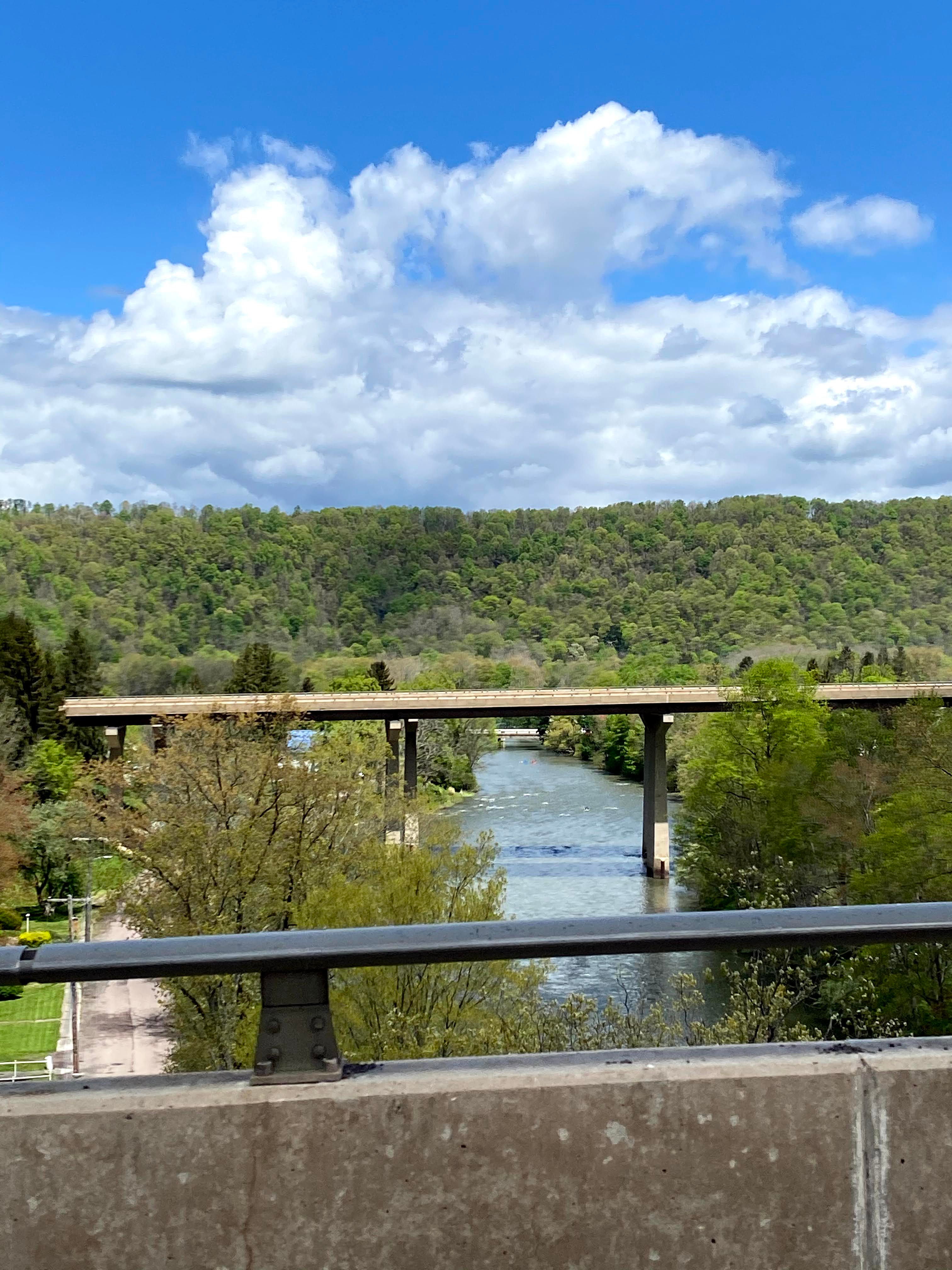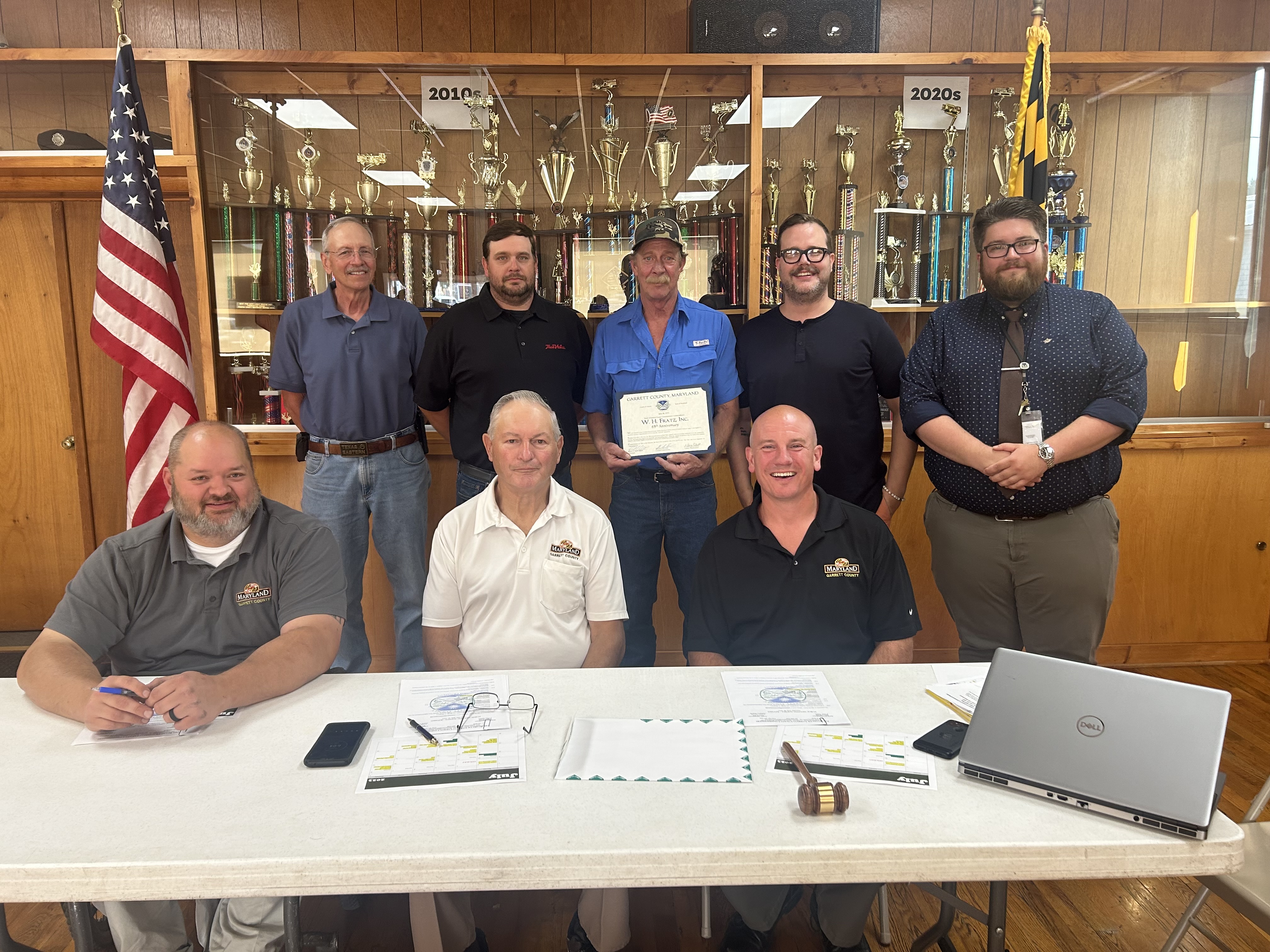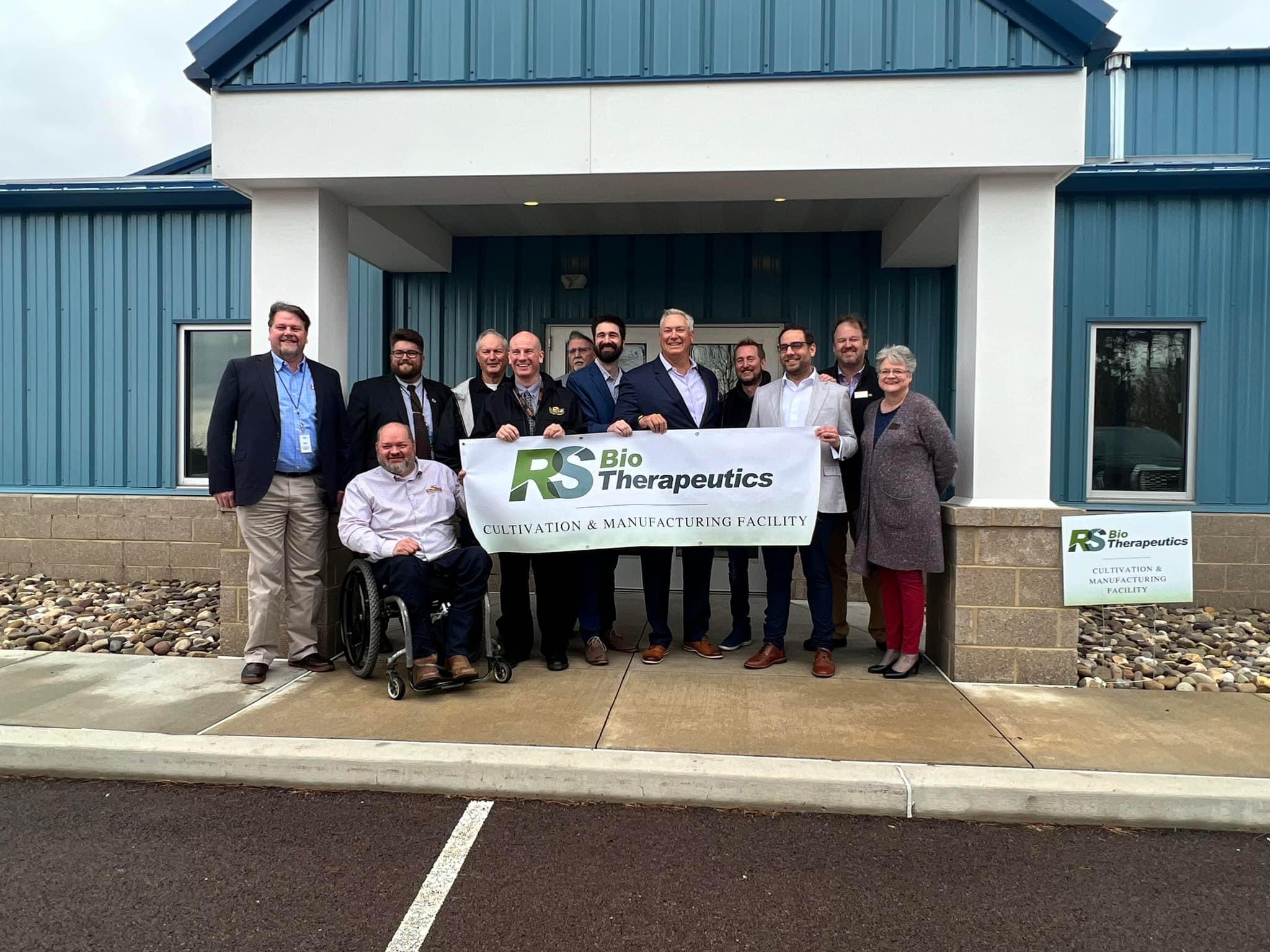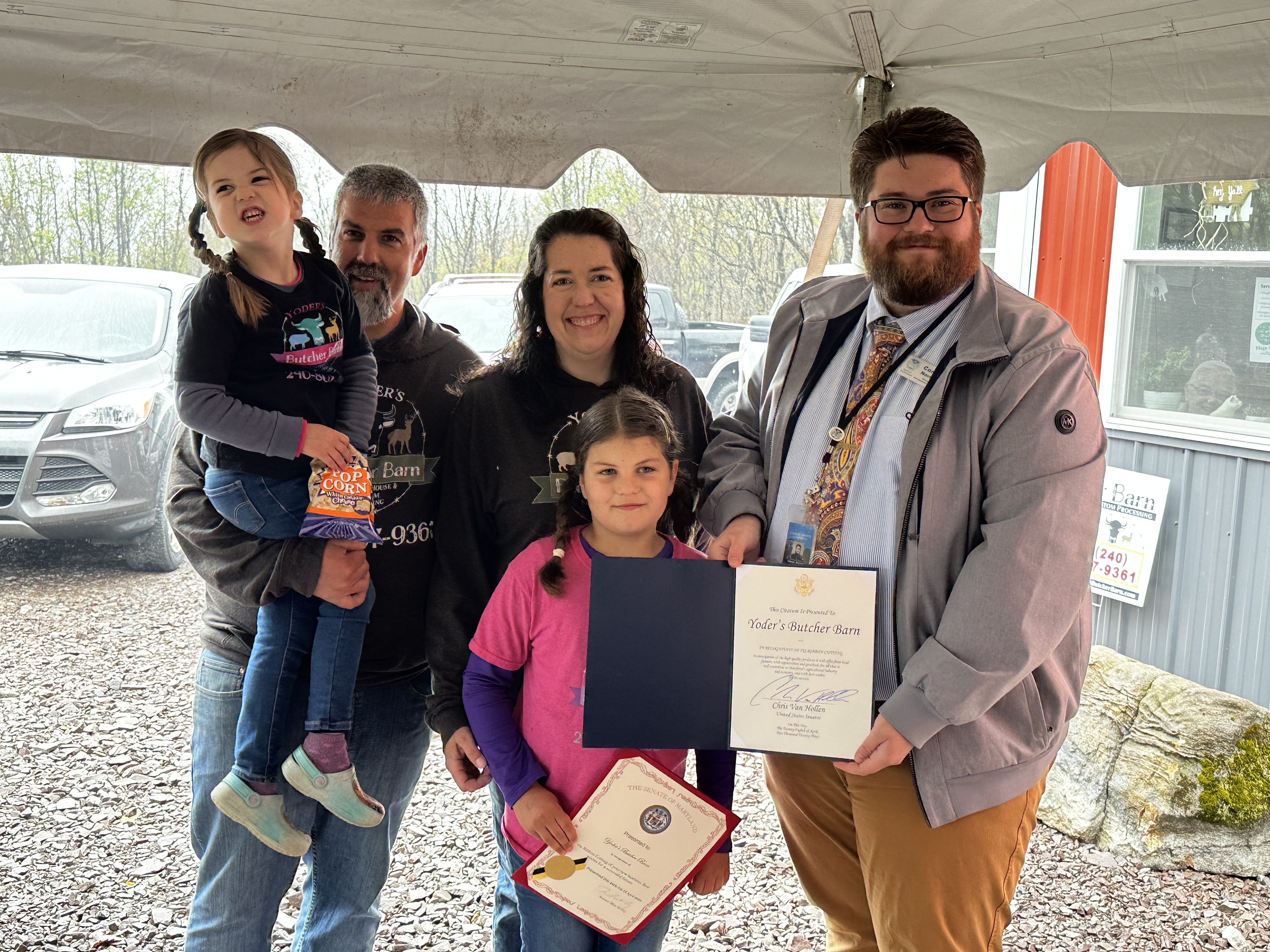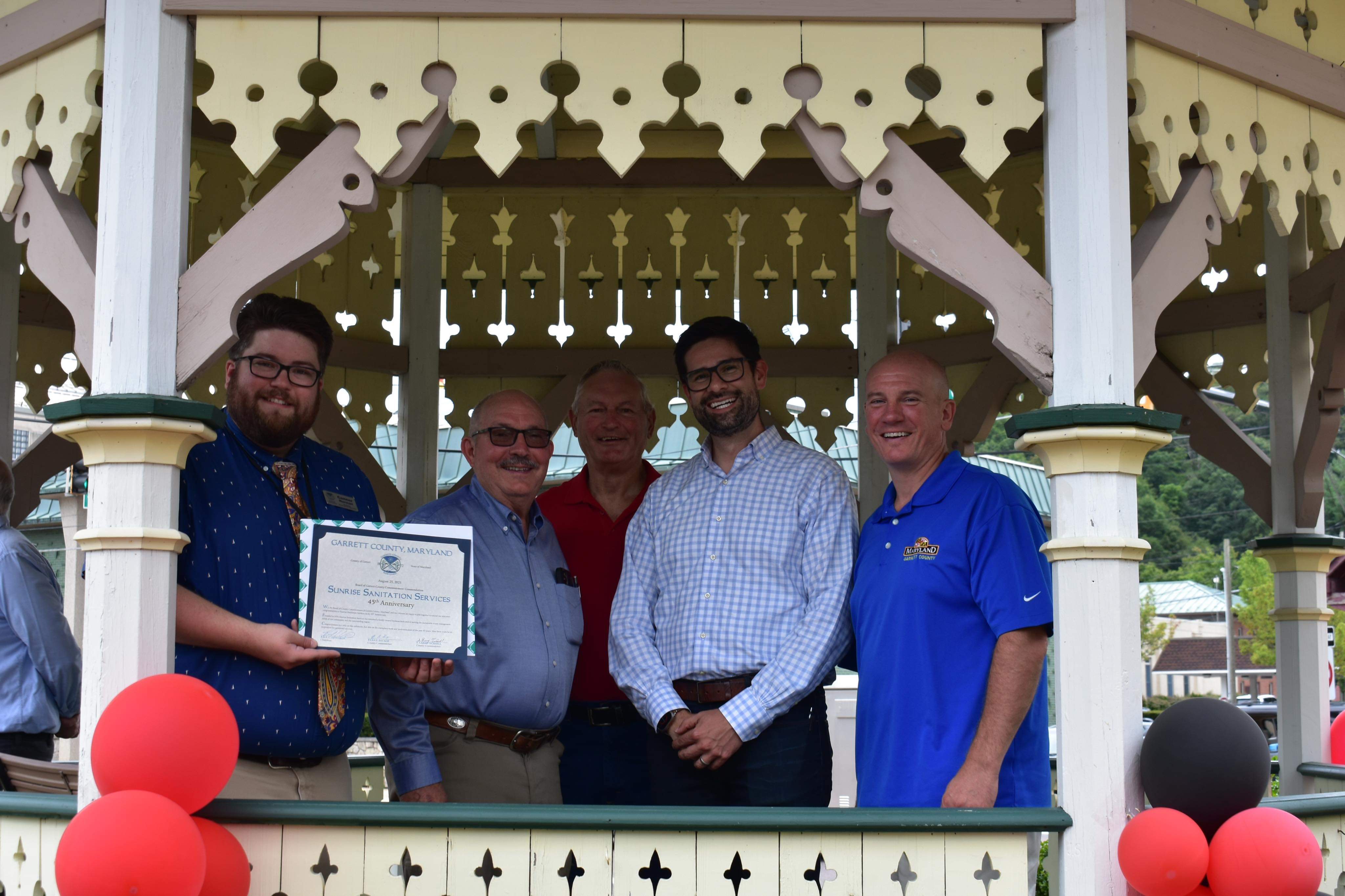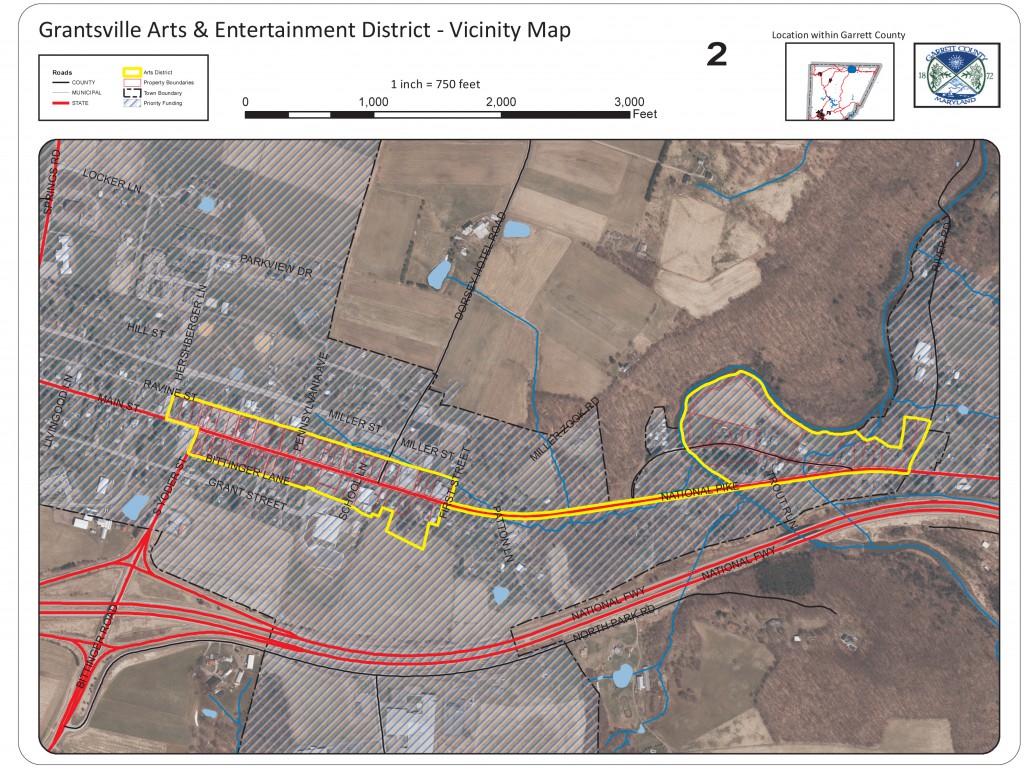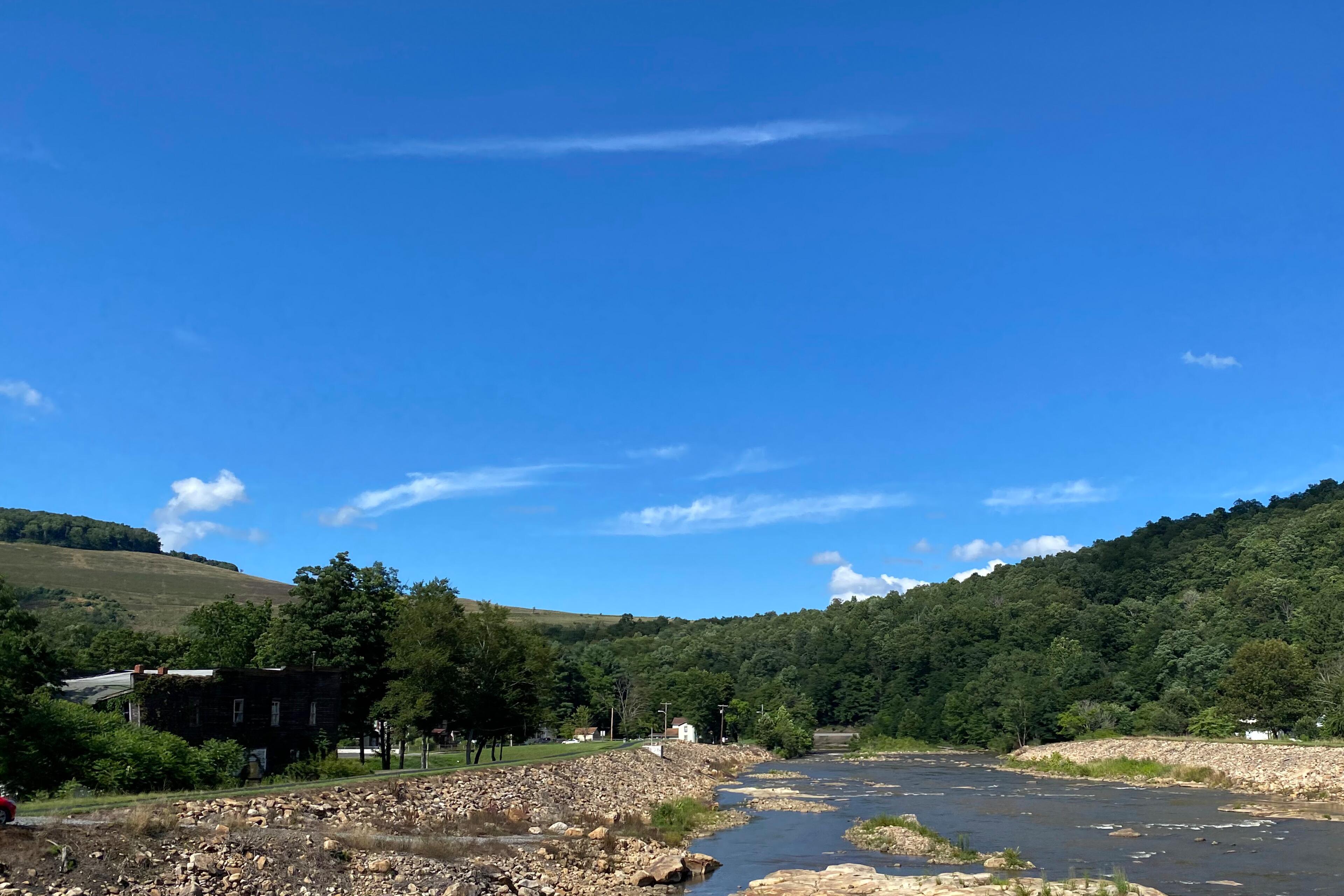Maryland Public Television’s (MPT) award-winning original series Outdoors Maryland concludes its 36th season on Tuesday, February 4th, with a special episode exploring how and why the state’s naturalists work together to track Maryland’s diversity of wildlife and guard it against habitat loss, pollution, invasive species, and other threats.
Produced in cooperation with the Maryland Department of Natural Resources (DNR), Outdoors Maryland continues to captivate viewers with memorable stories and compelling videography.
The series airs on Tuesdays at 7:30 p.m. on MPT-HD and online at mpt.org/livestream, with encore broadcasts on Saturdays at 4:30 p.m. Episodes are also available to watch live and on-demand via MPT’s online video player and the free PBS app beginning at the time of their premiere.
Maryland, like the rest of the world, faces a biodiversity crisis. More than 1,250 native plant and animal species have been designated as rare, threatened, or endangered by the Maryland DNR, while others have vanished altogether. During the February 4 episode, viewers will meet some of the many citizens fighting to protect local wildlife throughout the state.
The episode starts with viewers joining members of the Maryland Biodiversity Project for a “bioblitz” – a rapid biological inventory – of New Germany State Park in Grantsville (Garrett County). During a “bioblitz,” participants photograph as many species as possible to create a comprehensive record of species in a particular area.
Next, the audience journeys to Piscataway Park in Accokeek (Prince George’s County), situated within the ancestral homeland of the Piscataway Conoy Tribe, and home today to a living history museum, the National Colonial Farm. Here, viewers learn about the evolving relationship between humans and local landscapes – tracing the shift from Indigenous stewardship practices to the colonists’ mass production of cash crops – and explore how these transformations have impacted Maryland’s landscapes and wildlife. Viewers also join a team of volunteers tackling the threat of invasive species on park grounds.
Then, viewers join biologists from the Smithsonian Environmental Research Center (SERC) as they survey a restored oyster reef on the South River (Anne Arundel County). From scuba diving for oysters to pulling up water samples containing “environmental DNA” (or “eDNA”), the team examines how recent restoration work by the Oyster Recovery Partnership is improving the biodiversity of the reef. At the Smithsonian National Museum of Natural History in Washington, D.C., viewers learn how scientists process and sequence this “eDNA” to reveal hidden biodiversity.
Finally, audiences visit two Nature Conservancy preserves on Maryland's Eastern Shore. In Dorchester County, they join the Maryland/DC Chapter of The Nature Conservancy for a controlled burn of a unique seasonal wetland, witnessing first-hand the revival of state-rare plants as fire is reintroduced to the landscape. At Nassawango Creek Preserve in Worcester County, they discover how sound recording technology is helping scientists measure the benefits of controlled burns for a variety of fire-adapted bird species – including the rapidly declining red-headed woodpecker.
Audiences are invited to engage with the series on social media @OutdoorsMarylandTV on Facebook and @OutdoorsMarylandTV on Instagram.
MPT has produced more than 700 Outdoors Maryland stories since 1988 on topics ranging from science-oriented environmental issues to segments about unusual people, animals, and places around the state. The series has earned more than 50 awards over 36 years of production, including 24 Emmy® Awards from the National Capital Chesapeake Bay Chapter of the National Academy of Television Arts and Sciences.
Article courtesy of Patch. Community Contributor Tom Williams.
